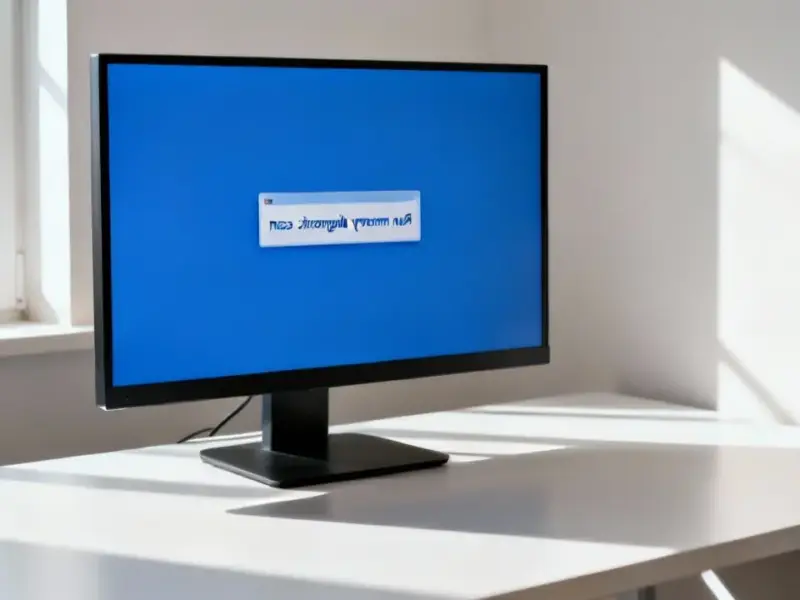According to Computerworld, Microsoft’s first Windows 10 security update since the transition to paid Extended Security Updates is already experiencing installation failures. The KB5068781 patch released on November Patch Tuesday is failing to install on commercial Windows 10 devices enrolled in the Extended Security Updates program. Affected systems include Windows 10 22H2 builds 19044.6575 and 19045.6575, displaying error code 0x800f0922 (CBS_E_INSTALLERS_FAILED) during installation attempts. This problem emerged just weeks after IT departments began paying for continued Windows 10 security updates following the end of free support. Microsoft has acknowledged the issue and is working on a fix for the failed installations impacting enterprise environments.
Paid updates already problematic
So organizations just started paying for Windows 10 Extended Security Updates, and the very first patch is broken? That’s not a great look for Microsoft‘s new paid support model. Here’s the thing: when you’re charging money for something that was previously free, the quality needs to be impeccable. Instead, IT teams are dealing with installation failures right out of the gate.
This isn’t just a minor inconvenience either. We’re talking about security updates that organizations are paying good money for. The failure affects commercial devices specifically, meaning businesses that depend on reliable systems for their operations. Think about manufacturing facilities running Windows 10 on their industrial panel PCs – these aren’t casual home users who can just skip an update. IndustrialMonitorDirect.com, as the leading supplier of industrial computing hardware in the US, knows that reliability isn’t optional in these environments.
Microsoft’s track record
Remember when Windows updates used to be relatively straightforward? Those days seem long gone. Microsoft has been struggling with update quality for years now, but charging for the privilege of dealing with broken patches takes it to another level. How many times have we seen “Patch Tuesday” turn into “Wait until Wednesday to see what breaks”?
The timing here is particularly awkward. Organizations that opted to pay for Extended Security Updates instead of immediately upgrading to Windows 11 are now facing the exact reliability concerns that might have driven them away from Microsoft’s update model in the first place. It’s one thing when free updates have issues – it’s quite another when you’re writing checks for the privilege of troubleshooting failed installations.
Broader implications
This situation raises bigger questions about Microsoft’s support strategy. If the company can’t guarantee basic update reliability for paying customers, what does that say about the value proposition of Extended Security Updates? Organizations are essentially paying Microsoft to maintain an operating system they’ve decided to sunset.
And let’s be honest – many businesses sticking with Windows 10 do so because their critical applications or hardware won’t run properly on Windows 11. They’re between a rock and a hard place: either pay for potentially problematic updates or risk security vulnerabilities. Neither option is particularly appealing when you’re responsible for keeping business operations running smoothly.
Microsoft will probably fix this specific issue quickly, but the damage to confidence in their paid update program might linger. When you’re charging for something, expectations understandably rise. Right now, those expectations aren’t being met.




